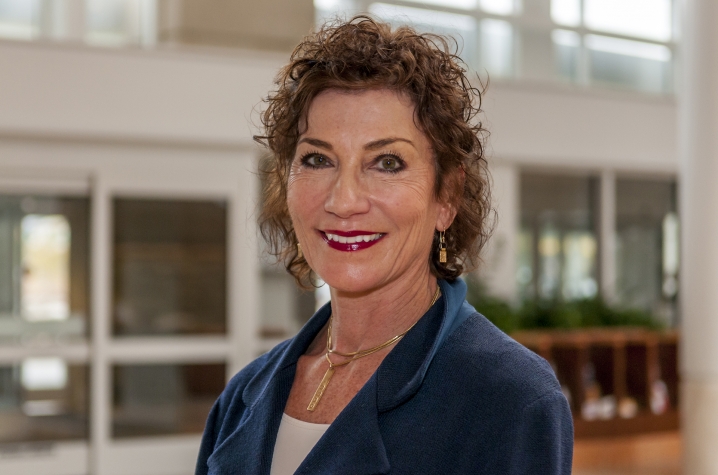The Healing Power of Art in the Healthcare Setting

LEXINGTON, Ky. (July 7, 2015) — Walk into many hospitals and health care facilities today and you're likely to see the bare and sterile hallways of the past are now filled with artwork, most often of nature scenes. And whether you are an inpatient, outpatient or visitor, there's a good chance that you may hear or see live or recorded music and even have an opportunity to participate in other creative art therapies.
These artistic features can be lovely to look at or provide some entertainment for those in the medical facilities. But these features and offerings aren't just about aesthetics. There continues to be a growing understanding of the science behind the connection between art and healing.
Just a couple of decades ago, most hospitals looked very different, with stark and sterile environments. Today, these plain surroundings have been transformed with a planned and evidence-based focus on creating a healing environment.
Currently, more than 50 percent of hospitals in the U.S. have arts programs, which include art therapy classes, music therapy and visual arts. In addition to art, health care environments also are incorporating evidence-based design that enhances the healing environment.
Research suggests that art can:
- Reduce stress and anxiety
- Lower blood pressure
- Reduce the need for pain medication
- Increase patient trust and confidence
- Be a positive distraction for patients, visitors and staff
Studies show a direct link between the content of images and the brain’s reaction to pain, stress and anxiety. In particular, research suggests patients are positively affected by nature themes and figurative art. Because of this, hospitals are choosing artwork based on the evidence and giving it a higher priority than just to decorate sterile rooms and hallways.
Furthermore, now in many health care settings, funds for art are being provided through philanthropy as well as being built into construction project budgets.
In addition to artwork, music and music therapy – including creating, singing, moving to, and/or listening to music – has been shown to calm neural activity in the brain, which may decrease anxiety and restore emotional balance. Music therapy differs from music at the bedside in that it is a doctor-ordered intervention to address a particular patient issue.
Additional outcomes relevant to arts-health research include clinical indicators such as the lowering of blood pressure rates, stabilizing heart rates, as well as in some studies lessening the intake of pain medication.
Art therapy is also available in many health care programs as a form of expressive therapy that uses the creative process of making art to improve physical and mental health and emotional well-being. Artistic talent isn't necessary and can provide healing benefits such as helping to resolve and manage behaviors and feelings, reduce stress, and improve self-esteem and awareness.
Overall, the fundamental role of all the arts in the healing environment is to deliver patient-centered care, whether it be through design, natural light, indoor and outdoor gardens, music, art or music therapy or visual art.
Jackie Hamilton is the director of the UK Arts in HealthCareThis article first appeared in the Sunday, July 5, 2015 edition of the Lexington Herald-Leader




